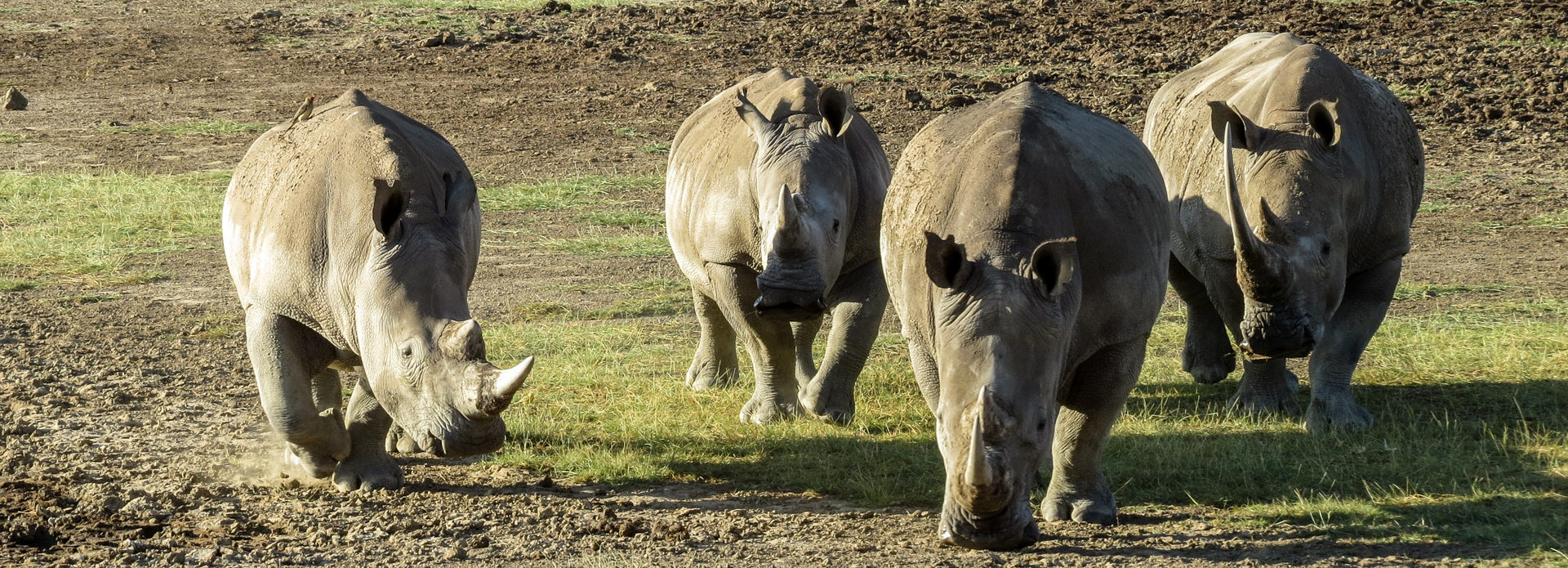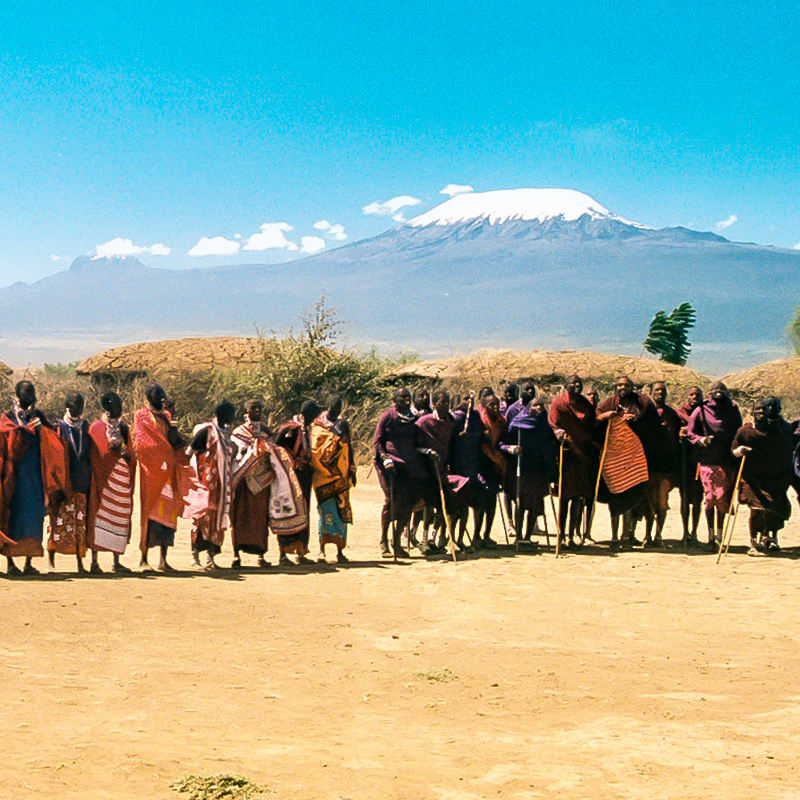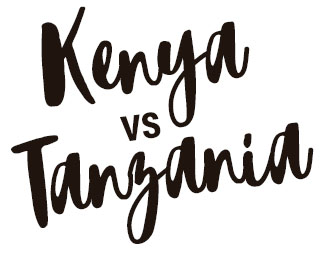
Choosing Your Safari

Choosing Your Safari
Once you have been on a wildlife safari you are now part of a club. One that only club members can explain and understand. A true insider.

Safari
A safari, as defined, is any long or adventurous journey. A guided expedition to observe wildlife in their natural habitat. The original Arabic wordsafari means journey, touring or voyaging while the Swahili word kusafiri means to travel. What was once known as a big-game hunt has now become the destination for photography, observation, investigation and just being among nature’s great alluring and sensual surroundings.
It might be said that there is no “typical safari” in Africa. Each of our safaris differ by the personalities of the participants, the wildlife viewing experience and the types of safari chosen.
All variety of safaris take place in the same national parks, national reserves and conservation areas. All categories will enjoy the same high quality of passionate and indigenous guides.
At the end of your stimulating day on safari return to your clean and comfortable accommodations. The category of lodging that fits you is your choice to make.
What to consider when choosing a Safari.
- Wildlife – This is what you came for and you won’t be disappointed. Animals, reptiles and birds truly are the stars and are by far the number one ingredient for a great safari. There is no way to truly describe what it is like to be out with ‘The Big Five’* and friends in their natural surroundings. You’ll understand this last sentence and be able to relate once you are there.
- Your Driver/Guides –The Driver/Guides we employ have been through 2 years of Guide School and years of field experience. They are very personable, multilingual, quite knowledgeable about their country, indigenous people, flora, and fauna. Always, always, always include them as part of your group. They will become your friends that will do their utmost to fulfill your dream.
- The local people – This surprises most people on safari who are only expecting a wildlife adventure. The lovely and kind people with ‘Big Jambo’ smiles will stay with you. One quote we love to share is, “I came for the animals and fell in-love with the people”. I encourage you to engage with the servers, house keepers, etc. Ask them about their tribe and where they come from and you will see their ‘Big Jambo’ smiles.
- The scenery – Another surprise to most people. On your safari, you will see a lot of natural beauty with a wide range of settings from arid regions to highlands to plains to rain forest and more.
- The lodges – Most lodges we choose are located inside the parks and have great character that are unique to themselves. The lodges are very clean, provide great meals and all the rooms have their own bathrooms. Because of their location, you never know who or what might wander by.
- You – Be a participant. Involve your driver/guide by asking questions. Include yourself in spotting the animals. One of the most amazing things you can do is being the one to spot any of the ‘Big Five’.
- Understanding – Outside of the itinerary, you are on an unscripted wildlife safari in East Africa. Stuff happens. Respect what is around you. That’s what makes it an adventure.
* Big Five = Cape Buffalo, Elephant, Leopard, Lion and Rhino. They got their name for being the most hunted animals during ‘The Great White Hunter’ era of the early 1900s. Cape Buffalo and Elephant are pretty common while lions can be seen throughout. Leopard and Rhino can be seen on a safari but require some diligence from all involved.
There are several parts of Africa that have premier wildlife viewing. East Africa is one of those areas being home to the Masai Mara, the Serengeti and the Ngorongoro Crater to name a few of their world class parks. East Africa is also home to some other amazing characteristics – the two highest peaks in Africa, Mt. Kilimanjaro and Mt. Kenya; the equator in Kenya; the north – south center of the continent in Arusha, Tanzania; the Great Rift Valley and the largest wildlife spectacle in the world, The Great Migration. However, the defining characteristic that really sets them above the rest, are the people of East Africa. Their genuine warmth and care-taking personalities are always right there in front of you. Keep it friendly, keep it pleasurable and keep it simple.
Two factors you may want to consider is weather and where the Great Migration is traditionally located.
Weather
Africa is not always hot. The sun can be more intense but some of the areas of East Africa can have cool to cold temperatures in both the morning and evening. Some of the places you visit are quite high in elevation. The gateway cities of Nairobi, Kenya and Arusha, Tanzania are 5500 ft. and 4600 ft. high respectively while the tree lodges in Kenya and the rim of the Ngorongoro Crater in Tanzania are over 7500 ft. high.
The coasts of Kenya and Tanzania including the islands of Zanzibar and Mafia Island have much warmer climates.
It can rain any time during the year, however, it is more common in April, May and November. The April/May rains are generally heavier at night with some showers during the day. In and around the November time period, showers are frequent but often short. During the rainy seasons it can be very green and lush, but the animals tend to spread out more because of the additional water sources.
Following the Migration
One of Africa’s most magnificent attractions is the continuous movement of more than one and a half million wildebeest. The world’s largest migration of mammals has been featured for years on television programs, with vivid images of wildebeest after wildebeest leaping into the Mara River. Equally thrilling is the site of new calves being born and struggling to get their footing with the threat of predators always nearby.
Many travelers hope to include the opportunity to view the migration as part of their safari. It is important to note that the cycle is dependent on rainfall and growth of grass and may not occur exactly as indicated.
January –July: SERENGETI – Calving in February
July – November: MASAI MARA
November – December: SERENGETI
Naturally this depends on your tastes and allotted time constraints. When you do start mapping out the length of time, add three days of travel (if you are from the US). Two on the front end and one on the back end.
Kenya and Tanzania are in the EAT (Eastern African Time) which is +3 hours to GMT (Greenwich Mean Time). GMT is +4 to the Eastern Time Zone during daylight savings and +5 the rest of the year.
Depending on where you start your travel it can be as long as 28-30 hours for you to reach your destination. Adding an extra night on the front end to rest and acclimate is common and recommended.
Naturally this depends on your tastes and allotted time constraints. When you do start mapping out the length of time, add three days of travel (if you are from the US). Two on the front end and one on the back end.
Kenya and Tanzania are in the EAT (Eastern African Time) which is +3 hours to GMT (Greenwich Mean Time). GMT is +4 to the Eastern Time Zone during daylight savings and +5 the rest of the year.
Depending on where you start your travel, it can be as long as 28-30 hours for you to reach your destination. Adding an extra night on the front end to rest and acclimate is common and recommended.
All the lodges are clean and comfortable and have en-suite toilet and showers. Regardless of your choice of lodges you will be in the middle of it all. Your choice will come down to the level of expense, comfort and/or amenities you seek. Value is basic. Prime is a step up and most likely has a pool. Boutique are more luxurious still and can be much smaller properties.
Price fluctuations are seasonal. Depending on which lodges and parks you choose the Low Season can be 8-15% cheaper than High Season which can again be 8-15% cheaper than Peak Season.
Peak Season: Jan – Mar
Low Season: April – May
High Season: June
Peak Season: July – Oct
High Season: Nov – 15Dec
Peak Season: 16Dec – 31Dec
Safari
A safari, as defined, is any long or adventurous journey. A guided expedition to observe wildlife in their natural habitat. The original Arabic word safar means journey, touring or voyaging while the Swahili word kusafiri means to travel. What was once known as a big-game hunt has now become the destination for photography, observation, investigation and just being among nature’s great alluring and sensual surroundings.
It might be said that there is no “typical safari” in Africa. Each of our safaris differ by the personalities of the participants, the wildlife viewing experience and the types of safari chosen.
All variety of safaris take place in the same national parks, national reserves and conservation areas. All categories will enjoy the same high quality of passionate and indigenous guides.
At the end of your stimulating day on safari return to your clean and comfortable accommodations. The category of lodging that fits you is your choice to make.
Once you have been on a wildlife safari you are now part of a club. One that only club members can explain and understand. A true insider.
Value Safari
A safari is near the top of most people’s bucket list. Fulfilling this dream doesn’t have to break the bank. There are many comfortable and economical lodges located in the famous parks. Your choice of lodges here exist in the same parks as the highend lodges. Your lodge is hosted by wonderful and friendly locals that are in the hospitality business. Your dining, relaxing and refreshment experiences are also hospitality driven with a variety of meal and beverage choices.
Once you leave your safari ‘home‘ you are on a game drive in world class parks and reserves. You are now looking for the Big Five and all the other creatures that inhabit your surroundings.
Prime Safari
This next step in the lodging category can feel luxurious. There are many unique properties in the Prime Safari category designed to blend into the immediate landscapes. These lodges can be a little larger and able to handle larger groups. These lodges boast fantastic staffs with luscious meals and refreshment choices. They will have a pool, an indoor and outdoor lounge for relaxation and boasting of the days adventures.
Boutique Safari
Your game drives are in the same parks available to everyone. However, the Boutique Safaris use sophisticated and fashionable lodges with a minimum amount of guests. We choose lodges that have 9 to 20 rooms where your living and dining experiences are elevated. The smaller sites will allow for more one on one with the local staff.
Please note: The smaller boutique camps can fill up quicker so please plan accordingly.
Ultimate Safari
The upper essence of world discovery. Dining and residing in absolute style while enjoying the ultimate adventure – an African wildlife safari. Return to indulgence after a sensational day exploring the world’s most sensual continent. Exquisitely comfortable lodgings along with world class dining are the extension of your adventure.
Scheduled Safari versus a Private Safari
We offer a number of scheduled safaris where the participants come from different agents, locations and backgrounds. These people travel together for both the experience of seeing Africa and also the opportunity to meet others that share their interests and experiences. These trips do not have the flexibility that is available in a private safari. They do, however, have the benefit of a lower cost because transport and other expenses of the trip are shared. These are great trips for single travelers or couples.
Private safaris are custom tailored for the specific interests of the participants with a bit more flexibility in decisions such as start dates and times of the game drives.
Design Your Own Safari
As it sounds you may create a safari in any way you would like. Choose your start date, which parks to visit, how long to stay in each and including your desired accommodation. We are more than happy to assist you in creating your dream safari.
Fly-in safaris
These safaris depend on travel between places by aircraft. Generally, transfers and activities are provided by the camp or lodge in shared use vehicles. The aircraft used are often 12 or 13 seat craft such as a Cessna Grand Caravan. Luggage allowances on these flights are generally limited to a maximum of 15 kilograms in soft sided bags.
Fly-drive safaris (Safaris by air and road)
These programs have a combination of driving and flying and may spend part or all of the time in our vehicles. The flight is usually a time saving measure at the beginning or end of the adventure to avoid retracing ground. However, there are times when part of the trip is by road in our vehicle and another part is by air which will then uses the lodge or camp’s vehicle.
Road safaris
Safaris by road are by road and almost always in our vehicles. For trips other than a scheduled safari, you get the exclusive use of the vehicle on safari and the driver-guide is with you throughout that part of the trip in that particular country.


